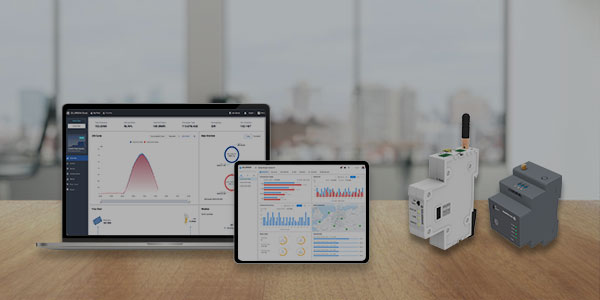In recent years, climate change has had a huge impact on our lives. More and more people are paying attention to weather forecasts to better cope with various meteorological changes. As an important measuring instrument, meteorological sensors can help people better understand weather conditions and trend changes, which is of great significance.
A meteorological sensor is an instrument that can sense and record atmospheric characteristics. It is mainly used to measure and record information such as temperature, humidity, air pressure, wind speed and wind direction. These data can help us understand local and global weather conditions, better predict weather trends and disasters, and effectively protect people’s lives and property.
In the application field of weather sensors, they are widely used in agriculture, aviation, navigation, urban planning, construction and other fields. For example, meteorological sensors in agriculture can accurately predict the growth of various crops and remind farmers to take timely measures to protect crops; meteorological sensors on ships can help captains grasp sea conditions in a timely manner, formulate routes and speeds, and improve navigation safety.
In the future, with the development of science and technology, weather sensors will be further intelligent and diversified. For example, combined with the Internet of Things, weather sensors will transmit collected data to the cloud through the Internet. Through data analysis and computer simulation, weather changes can be predicted and multi-angle warnings can be provided when needed. This will further improve the accuracy of weather forecasts and promote the sustainable development of society.
In short, the meteorological sensor is an important technical equipment and is of great significance for predicting and mastering weather changes. In the future, as technology becomes more intelligent and diversified, the application fields of weather sensors will also become wider, bringing more technological innovation and social value.










